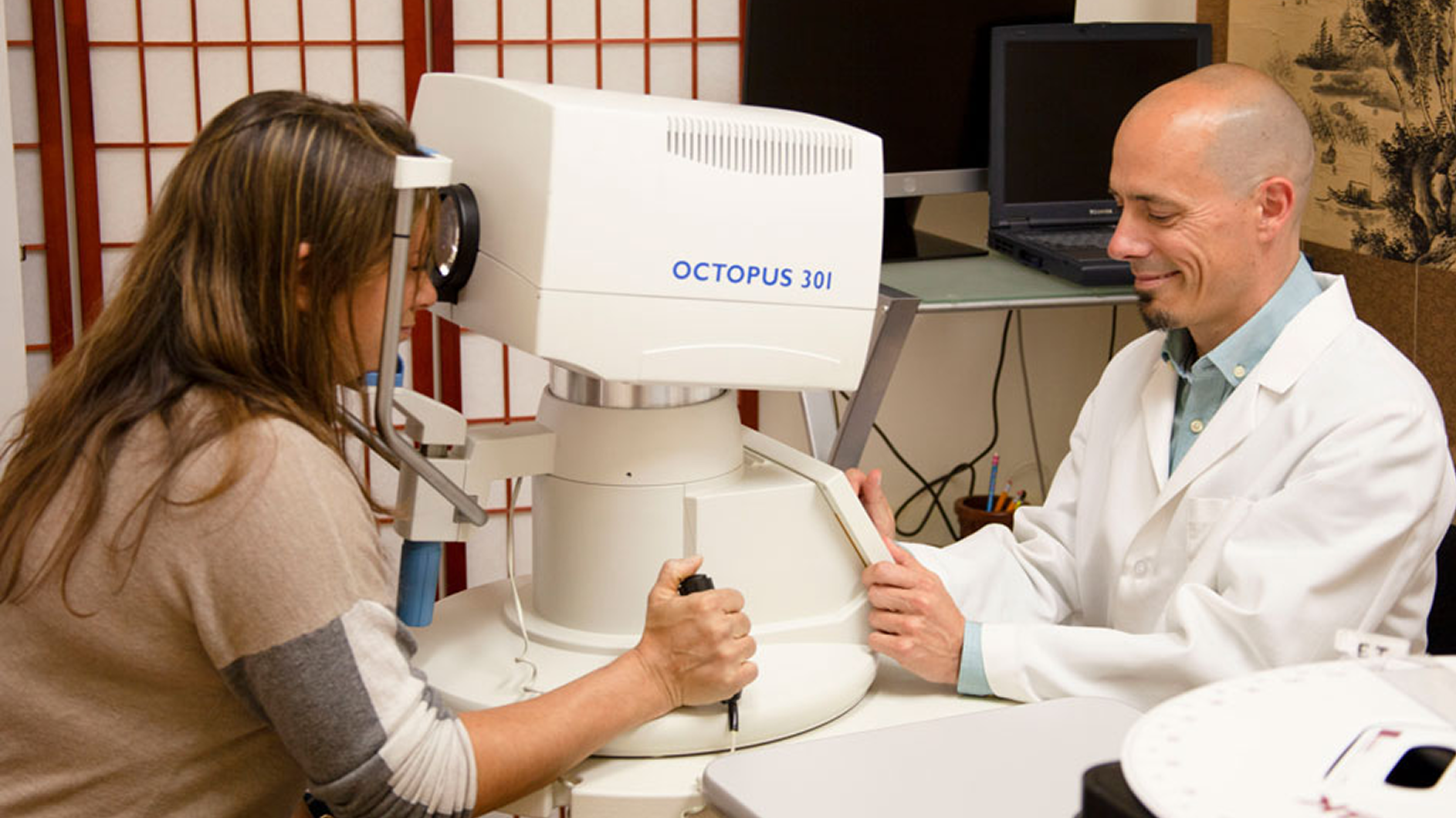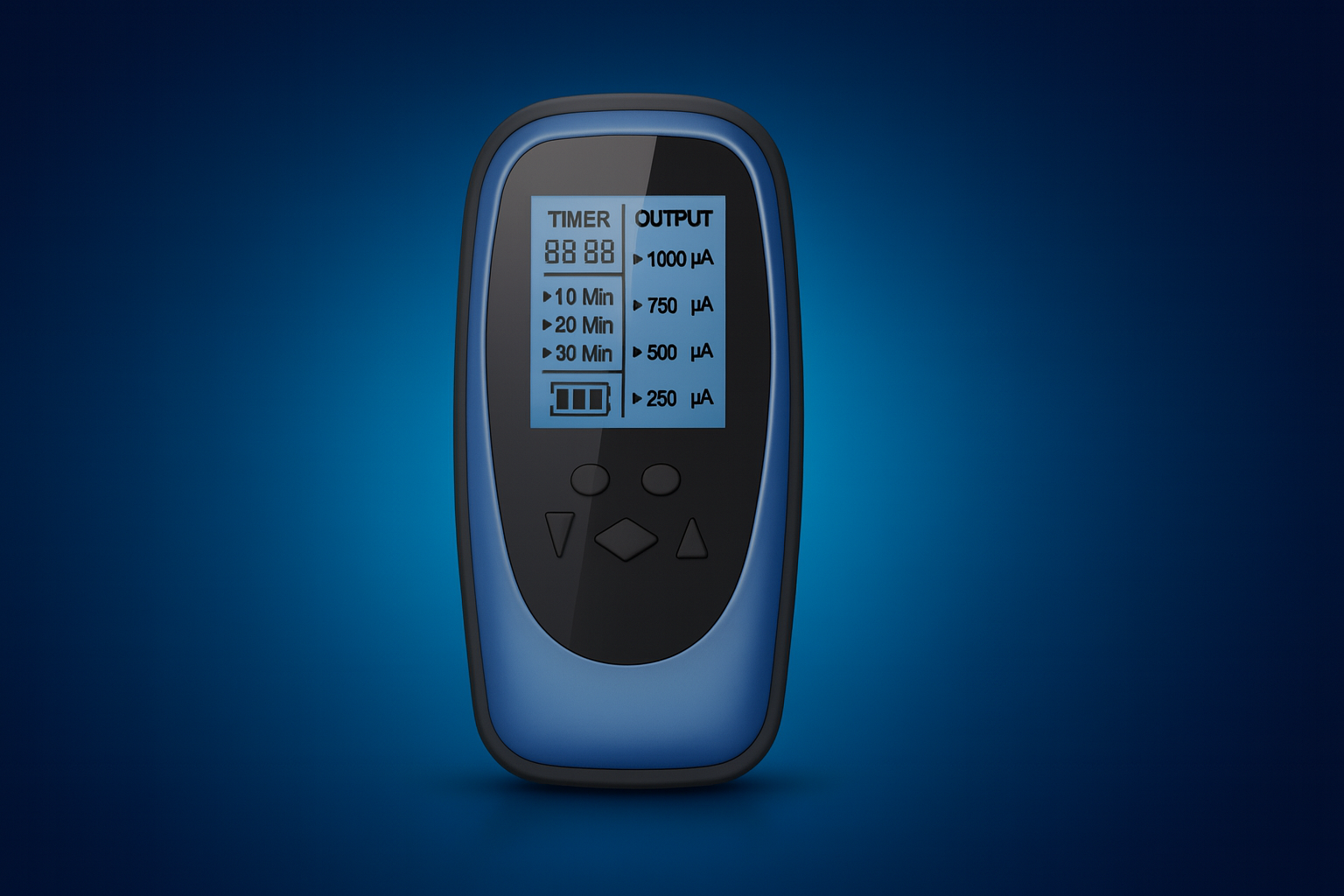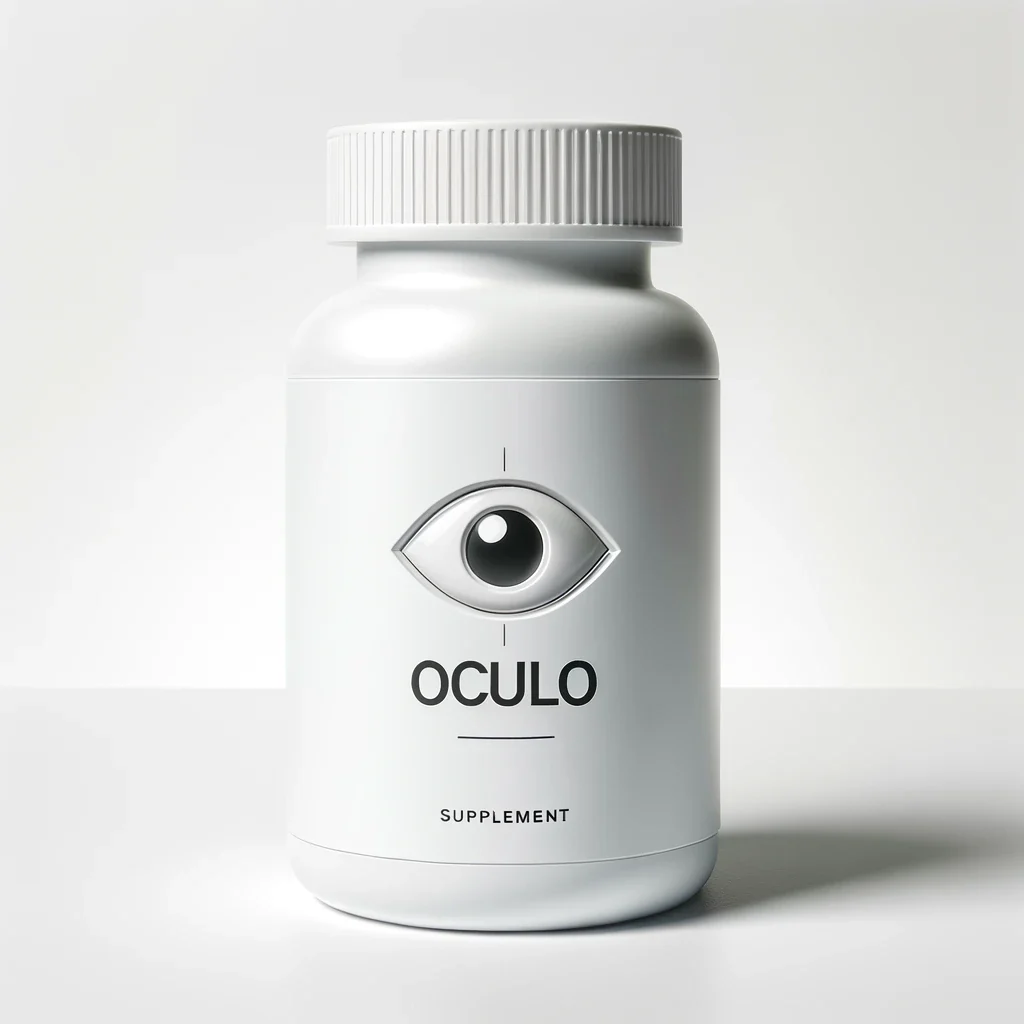The First 48 Hours After Eye Stroke: Your Emergency Action Plan
If you're reading this because you or someone you love just experienced sudden vision loss, you may be scared and confused. That's normal.
An eye stroke is a medical emergency. But you're not helpless. What you do in the next 48 hours can make a real difference.
This guide will walk you through exactly what to do, what to expect, and how to protect your vision.
What is an Eye Stroke?
An eye stroke happens when blood flow to your eye or optic nerve gets blocked or reduced. Without blood, the delicate nerve cells don't get oxygen. They can get damaged or die.
There are different types:
- Retinal artery occlusion - blockage in the blood vessels that feed your retina
- Retinal vein occlusion - blockage in the veins that drain blood from your retina
- NAION (optic nerve stroke) - reduced blood flow to the optic nerve
- AION - optic nerve stroke caused by inflammation
Each type needs quick medical attention.
Hour 0-1: What to Do RIGHT NOW
Call 911 or Go to the Emergency Room Immediately
If you notice sudden vision loss, don't wait. Don't try to "see if it gets better."
Get emergency medical care if you have:
- Sudden loss of vision in one or both eyes
- A dark curtain or shadow blocking part of your vision
- Sudden blurry or dim vision that doesn't clear
- Loss of side (peripheral) vision
- New blind spots
According to the American Academy of Ophthalmology, sudden vision loss should always be treated as an emergency.
Don't Drive Yourself
Call 911, ask someone to drive you, or take an ambulance. Sudden vision loss makes driving dangerous. You could hurt yourself or others.
Note the Time
Write down or remember exactly when your vision changed. Doctors will ask this. The timing helps them understand what happened and what to do next.
Bring Your Medications
Take all your medicine bottles with you to the hospital. Or bring a written list of:
- Medicine names
- Dosages
- How often you take them
- Any supplements or vitamins
This helps doctors see if medications might be involved or if there are drug interactions to avoid.
Hours 1-6: Emergency Room Evaluation
What Will Happen at the Hospital
The emergency team will move fast. They need to:
- Rule out a brain stroke (which can also cause vision changes)
- Check your overall health and vital signs
- Find the cause of your vision loss
- Start treatment to protect what vision remains
Tests You May Receive
Eye Examination
- Vision check for each eye
- Pupil response test
- Pressure measurement inside your eye
- Detailed look at your retina and optic nerve with special lights
Heart and Blood Tests
- Blood pressure check
- Blood sugar test
- Cholesterol levels
- Blood clotting factors
- ECG (heart rhythm test)
Imaging Studies
- CT scan or MRI of your brain
- Ultrasound of neck arteries (carotid doppler)
- Sometimes heart ultrasound (echocardiogram)
These tests check for blockages, inflammation, and other problems that can cause or contribute to eye stroke.
Questions Your Doctor Will Ask
Be ready to answer:
- Exactly when did your vision change?
- Did it happen suddenly or gradually?
- Is there any pain?
- Have you had any other symptoms (headache, jaw pain, weakness, confusion)?
- Do you have high blood pressure, diabetes, or heart disease?
- Do you smoke?
- Have you had any recent injuries or infections?
Answer honestly. Every detail helps.
Hours 6-24: Medical Stabilization
If You're Admitted to the Hospital
Some patients need to stay for observation and treatment. Others can go home with urgent follow-up.
You may stay in the hospital if:
- Tests show you're at high risk for brain stroke
- Your blood pressure is dangerously high or low
- You have inflammation that needs immediate treatment
- You need IV medications or procedures
If you go home, you'll likely need:
- Urgent appointment with an eye specialist (ophthalmologist)
- Medication to thin your blood or lower blood pressure
- Instructions on warning signs to watch for
Critical Questions to Ask Your Medical Team
Don't leave the emergency room or hospital without asking:
-
What type of eye stroke do I have?
- Retinal artery occlusion? Vein occlusion? NAION? AION?
- Understanding the type helps you research and plan next steps.
-
What caused this?
- High blood pressure? Blood clot? Inflammation? Unknown?
- Knowing the cause helps prevent it from happening again.
-
Am I at risk for this happening in my other eye?
- Some conditions affect both eyes over time.
- You may need preventive treatment.
-
Am I at risk for a brain stroke?
- Eye strokes and brain strokes share many risk factors.
- You may need medication or lifestyle changes.
-
What should I watch for?
- New symptoms that mean you should return to the ER
- Warning signs of complications
-
What medications should I take, and what are the side effects?
- Blood thinners? Blood pressure pills? Eye drops?
- Make sure you understand how and when to take each one.
-
When should I follow up, and with whom?
- Get the name and contact info for your next doctor
- Don't wait for them to call you—make the appointment
-
Is there anything I can do to help my recovery?
- Most emergency doctors will focus on preventing further damage
- But it's worth asking about recovery options
Write Everything Down
You're stressed and scared. It's hard to remember what doctors tell you.
Bring a notebook or ask a family member to take notes. Write down:
- Your diagnosis
- Test results
- Medication names and instructions
- Follow-up appointments
- Questions you think of later
Hours 24-48: Beginning Your Recovery Plan
Conventional Medicine Has Limits
Here's what most eye doctors will tell you:
"There's no proven treatment to restore vision after an eye stroke. The damage is permanent. Let's manage your risk factors so it doesn't happen again."
This is the standard approach. And while managing risk factors IS important, it's not the whole story.
The truth is, conventional medicine focuses on preventing more damage. It doesn't do much to help damaged nerve cells recover.
But that doesn't mean recovery is impossible.
Why the First Weeks Matter Most
Dr. Andy Rosenfarb explains:
"When an eye stroke happens, some nerve cells die immediately. But many more just go dormant. They're sick, stressed, and oxygen-starved—but they're still alive. If we act fast with the right therapies, we can wake those cells back up."
Think of it like a house after a fire. Some rooms are destroyed. But other rooms just have smoke damage. With the right care, those rooms can be restored.
The key is timing. The longer dormant nerve cells go without support, the harder they are to recover.
When to Consider Integrative and Holistic Care
As soon as your emergency medical care is complete, it's time to explore options that support healing.
Holistic treatments work alongside conventional care, not instead of it.
You still need to:
- Take prescribed medications
- Control blood pressure, blood sugar, and cholesterol
- Follow up with your ophthalmologist
- Make lifestyle changes (stop smoking, eat better, exercise)
But you can ALSO:
- Support blood flow to damaged tissue
- Reduce inflammation and oxidative stress
- Stimulate nerve cell repair
- Improve circulation and oxygenation
Holistic Treatments That Can Help
At the Eye Health Institute, Dr. Rosenfarb uses several evidence-based therapies:
Ophthalmic Acupuncture Fine needles placed around the eyes and on the body improve blood flow and reduce nerve inflammation. Research shows acupuncture can support nerve repair.
Hyperbaric Oxygen Therapy (HBOT) You breathe pure oxygen in a pressurized chamber. This floods your bloodstream with oxygen, which can reach even damaged tissue. Studies suggest HBOT may help recovery when started soon after eye stroke.
Alternating Current Microstimulation Gentle electrical stimulation encourages damaged nerve cells to repair and reconnect. This therapy has shown promise in clinical studies for nerve regeneration.
Low-Level Laser Therapy Red and infrared light reduce inflammation and help cells make more energy. This can support healing in damaged tissue.
Nutritional and Herbal Support Targeted supplements provide the building blocks your nerve cells need to repair. Examples include omega-3 fatty acids, antioxidants, enzymes, and herbs that support circulation.
These treatments work best when started early—ideally within the first days to weeks after an eye stroke.
What NOT to Do: Common Mistakes to Avoid
Don't Wait and See
Many patients think, "Maybe my vision will come back on its own." Sometimes it does improve a little. But waiting means losing precious time when treatment could make a difference.
Don't Ignore Other Symptoms
If you develop new symptoms—severe headache, jaw pain when chewing, weakness on one side of your body, trouble speaking—go back to the emergency room immediately. These could signal a more serious condition.
Don't Skip Follow-Up Appointments
The emergency room starts your care, but follow-up is where you catch complications and adjust treatment. Make and keep all appointments.
Don't Give Up
The message "nothing can be done" is hard to hear. But it's not complete. While conventional medicine may not have pharmaceutical solutions, integrative approaches offer real hope for improving function and quality of life.
Don't Try to Treat Yourself
This is not the time for home remedies or unproven internet treatments. Work with qualified professionals who understand both conventional and holistic approaches.
Creating Your 48-Hour Action Checklist
Hour 0-1: Emergency Response
- Call 911 or get to emergency room
- Note the time vision changed
- Bring medications or medication list
- Don't drive yourself
Hour 1-6: Hospital Evaluation
- Complete all recommended tests
- Answer questions honestly and completely
- Take notes or have someone help you remember
Hour 6-24: Stabilization & Questions
- Ask your doctor all critical questions
- Get clear medication instructions
- Schedule follow-up appointments before you leave
- Get emergency contact info if symptoms worsen
Hour 24-48: Recovery Planning
- Take all medications as prescribed
- Keep follow-up appointments
- Research integrative treatment options
- Contact Eye Health Institute for consultation
- Begin lifestyle changes (diet, exercise, stress management)
How Dr. Rosenfarb's Approach Complements Emergency Care
Dr. Rosenfarb is clear about the role of emergency medicine:
"When someone has an eye stroke, they need conventional medical care first. We need to rule out life-threatening causes, stabilize their health, and prevent further damage. I'm grateful for emergency medicine—it saves lives and eyes."
"Where I come in is after that initial stabilization. That's when we focus on supporting the healing process, waking up dormant nerve cells, and improving function. My goal is to work with your medical team, not replace them."
This integrative approach gives you the best of both worlds:
- Emergency medicine protects you and prevents further damage
- Holistic therapies support healing and recovery
Real Patient Experience: Maria's Story
Maria woke up one morning and couldn't see out of her right eye. She immediately went to the emergency room.
The doctors diagnosed NAION—an optic nerve stroke. They ran tests, ruled out inflammation and brain stroke, and sent her home with instructions to follow up with an ophthalmologist.
Her eye doctor told her, "I'm sorry, but there's no treatment for this. Your vision loss is permanent."
Maria refused to accept this. She researched online and found Dr. Rosenfarb's Eye Health Institute.
Within two weeks of her eye stroke, she started intensive treatment: acupuncture, microstimulation, hyperbaric oxygen, and nutritional support.
After three months, Maria's vision had improved enough that she could read again—something her ophthalmologist said was impossible.
Maria's story shows what's possible when you combine emergency medical care with early integrative treatment.
Your Next Steps
If You Just Had an Eye Stroke
-
Complete your emergency medical care. This is your foundation.
-
Follow all conventional treatment recommendations. Take medications, keep appointments, manage health conditions.
-
Contact the Eye Health Institute as soon as possible. The sooner you start holistic treatment, the better your potential for recovery.
-
Don't lose hope. Even if you've been told "nothing can be done," integrative approaches may offer real benefits.
Schedule a Consultation
Dr. Rosenfarb offers telehealth consultations for patients anywhere in the world. He can review your case, answer your questions, and help you understand your options.
For patients who can travel, intensive in-office treatment programs are available.
Contact the Eye Health Institute to schedule your consultation.
Additional Resources
- Understanding Eye Stroke Types
- NAION (Optic Nerve Stroke) Explained
- AION Treatment Options
- Eye Stroke Treatment Modalities
The Bottom Line
The first 48 hours after an eye stroke are critical. But they're just the beginning of your recovery journey.
Emergency medical care protects you and finds the cause. Holistic integrative treatment supports healing and recovery.
You don't have to accept that "nothing can be done." You have options.
Time matters. Don't wait.
Reach out today.
Treatment Solutions for
Choose the treatment approach that fits your life
Whether you prefer hands-on care, convenient telehealth visits, or self-guided learning, we have multiple ways to help you manage .

In-Office 2 Weeks to Better Vision
Combining acupuncture, laser therapy & diagnostics at Dr. Rosenfarb's office in New Jersey. 90% of patients see measurable vision improvements.
Learn more
One-on-One Telehealth Sessions
One-on-one virtual sessions with Dr. Rosenfarb. Get personalized assessment and custom treatment plan from home.
Learn more
At-Home 12-Week AcuVision Program
Dr. Rosenfarb's 12-week step-by-step system. Live Q&A, guided exercises, and comprehensive approach to vision recovery.
Learn more
Alternating Current Micro Stimulation (ACS)
At-home micro stimulation system developed by Dr. Rosenfarb. Clinically proven at-home therapy to reactivate dormant eye cells.
Get ACS-3000
Eye Health Supplements
Scientifically-formulated supplements chosen by Dr. Rosenfarb to nourish your eyes and support healthy vision recovery.
Get supplements
